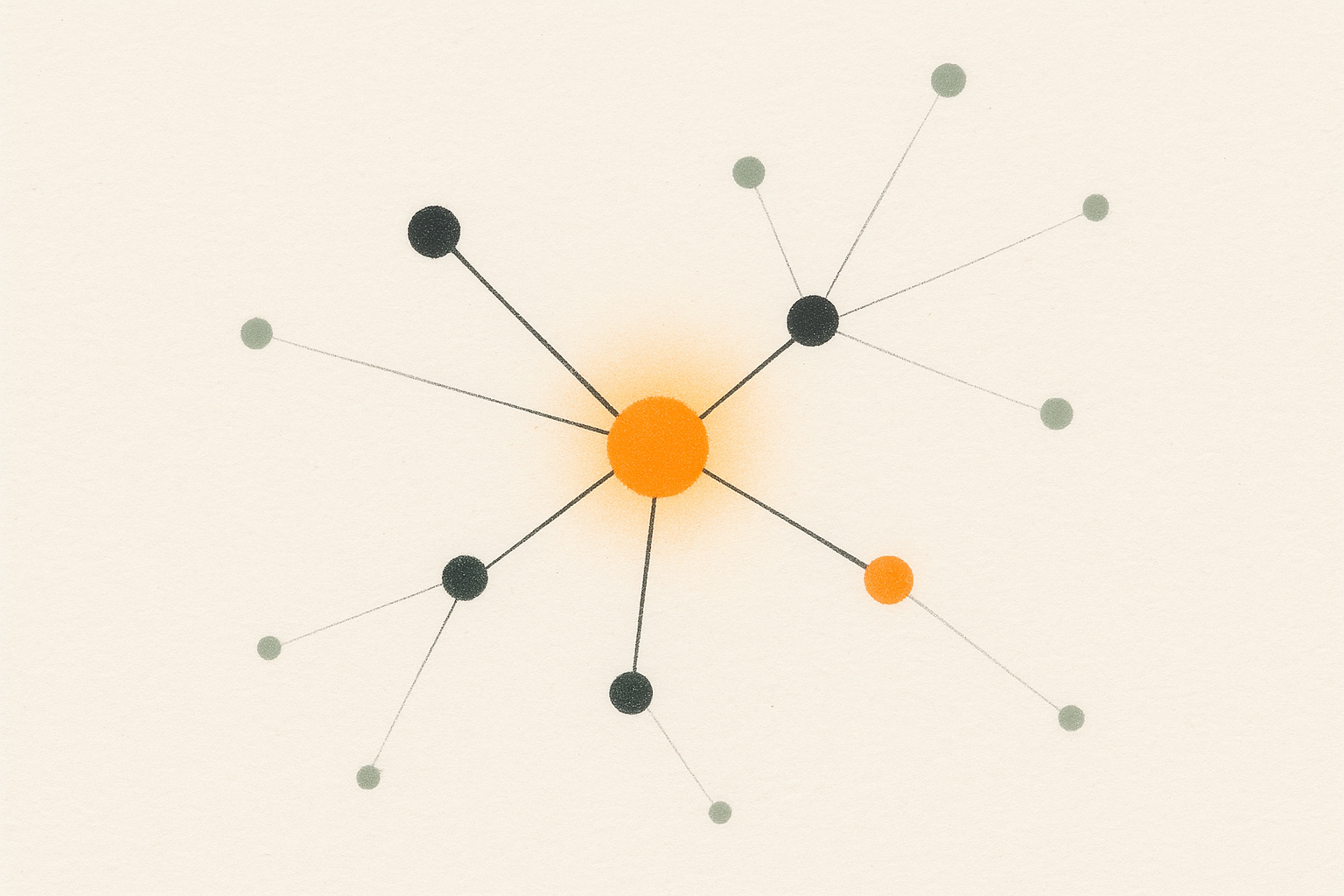Weak signals are the early hints of change that may later evolve into major trends or disruptions. Tracking them over time ensures that signals are not forgotten, overlooked, or dismissed before their relevance becomes clear. For foresight, innovation, and strategy professionals, effective tracking allows organizations to spot opportunities and risks earlier than competitors and to prepare for change proactively.
What makes weak signal tracking difficult?
The challenge with weak signals lies in their ambiguity. They are often scattered, anecdotal, and easy to dismiss as noise. Teams may collect interesting observations but fail to revisit them systematically. Without structure, signals sit in spreadsheets, slide decks, or inboxes and lose value because connections, patterns, and evolution are not recognized.
What are the best practices for tracking weak signals over time?
A systematic approach is needed to transform signals into meaningful foresight. The following practices help build continuity and depth:
- Centralize collection: Store all signals in one shared environment to avoid fragmentation.
- Add context: Record why a signal was captured, its source, and potential implications.
- Categorize consistently: Use themes, clusters, or tags to make signals comparable.
- Monitor development: Revisit signals regularly to see if they grow stronger, fade, or connect with others.
- Engage stakeholders: Invite multiple perspectives to enrich interpretation and avoid bias.
- Document evolution: Keep track of updates, discussions, and reinterpretations to build a timeline of change.
By combining these practices, weak signals shift from isolated observations to living data points that inform strategic conversations.
What tools can support weak signal monitoring?
While signals can be tracked manually, digital foresight tools provide major advantages. A foresight platform like FIBRES allows teams to centralize scanning, tag and categorize findings, and maintain a history of signal evolution. Features like collaborative input, trend linking, and dashboards help transform scattered notes into structured foresight intelligence. This reduces friction, increases engagement, and ensures continuity.
How does continuous tracking turn signals into foresight?
Weak signals on their own are only fragments. When monitored systematically, they can reveal patterns and early trajectories that point to emerging trends. Continuous tracking transforms noise into knowledge and enables organizations to anticipate shifts, prepare for risks, and seize innovation opportunities ahead of the curve.


